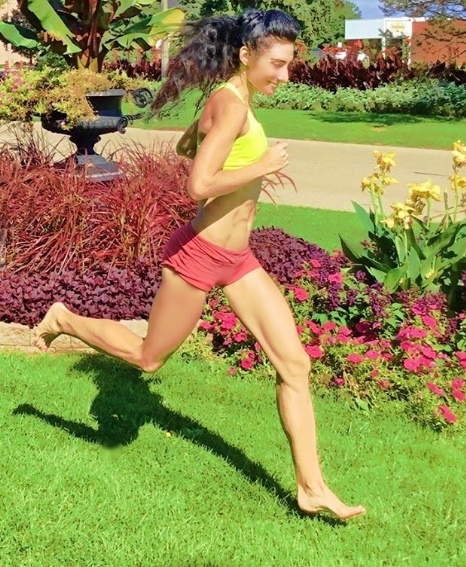It may seem like a realistically good idea, but learning forefoot running on soft surfaces, like grass or a thickly matted surface, may backfire as it may not be nearly as effective enough as compared with learning forefoot running on harder surfaces, like pavement. What’s so problematic about learning forefoot running on grass? Because it feels comfortable (like a cushioned running shoe), you may end up mistakenly landing heel-first (heel strike) or directly on top of the arch (midfoot strike), rather than in front of the arch (forefoot strike). This is why running barefoot on grass may make you more resistant to efforts to improve your forefoot strike running skills and may hold you back from fully breaking out of the habit of forcefully heel striking during running. Read more on the benefits of running barefoot on pavement here!
Bretta Riches
BSc Neurobiology; MSc Biomechanics candidate, ultra minimalist runner & founder of RunForefoot. I was a heel striker, always injured. I was inspired by the great Tirunesh Dibaba to try forefoot running. Now, I'm injury free. This is why I launched Run Forefoot, to advocate the health & performance benefits of forefoot running and to raise awareness on the dangers of heel striking, because the world needs to know.
Latest posts by Bretta Riches (see all)
- Does Foot Strike Really Matter in Running? YES! - 17/04/2024
- Heel Lifts Increase Injury in Runners - 16/04/2024
- Are Minimalist Shoes Good for Seniors? YES! - 14/04/2024

